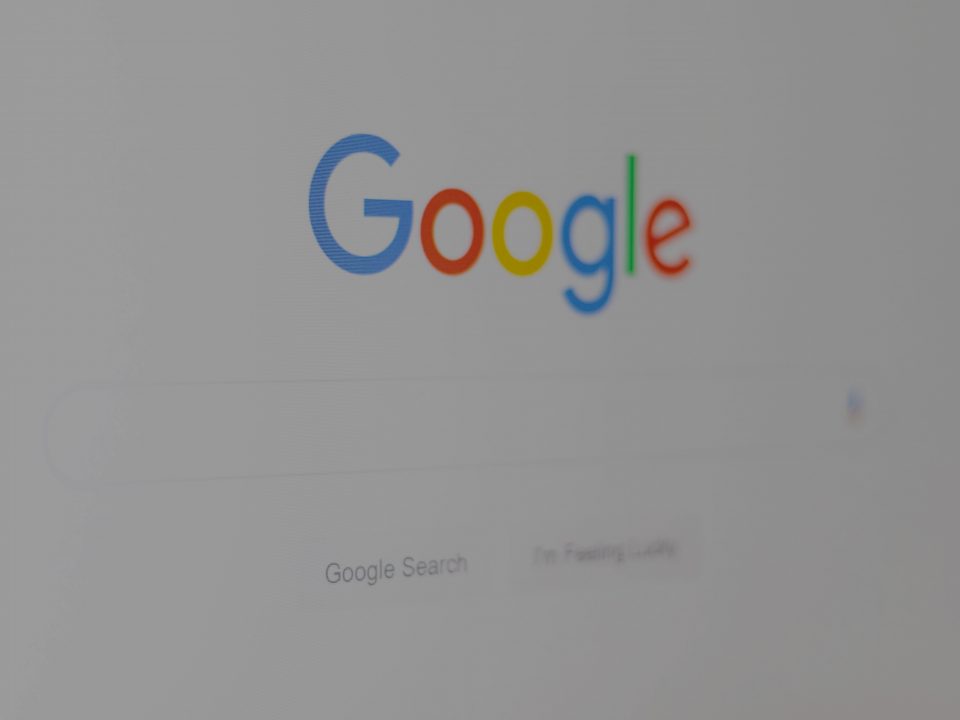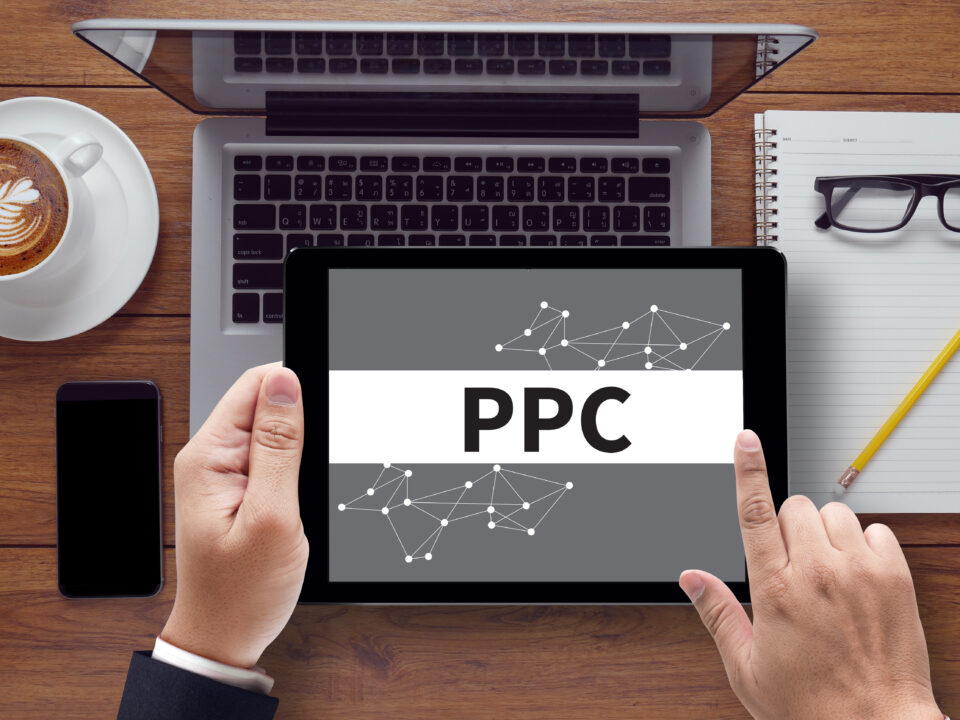Google Ads Metric Update!
Hopefully, you didn’t get too attached to the Google Ads average position metric, as the company is scrapping the metric.
Starting in September of this year, the ranking of your Google Ads will be by using a new group of metrics (more coming on this matter later). So, what does this change mean for you and, more importantly, why is it necessary for you?
This article will go into detail about the situation, and you will find out what is precisely changing inside Google Ads, and what these changes mean for affecting the average position metric, along with how you manage your ads for the future. First off, let’s go over the end of the average position metric is so important, and why this is not the end of the world for paid advertising managers and agencies that manage Google Ad Campaigns.
Why is Average Position Important?
In Google Ads, the average position was at one time a very vital metric that the platform would use to find where paid ads would display in SERPs. However, the calculations and algorithms behind these were a bit complicated.
It started with Google factoring in your ad rank, a combination of the quality score of your ad and your maximum CPM, based on this formula:
Ad Rank = QS x Max CPM
Once it was aware (somewhat) about your ad scores, Google would then figure out what position your ad should be shown. This is how Google would make sure that the best ads were shown to search users, instead of those ads that had the most backing with the largest ad spend:
Max Bid x Quality Score = Ad Rank → Position.
With this old system, the quality score was severely undervalued so an advertiser with more ad spend would end up with a higher position because they paid more rather than were more relevant.
After having these metrics, having quality ads has always been mandatory, post-clicking landing pages, and also critical keywords that have maintained a fair average position for your campaigns.
However, if your ad’s average position is “2,” that does not mean that your ad will display in the second spot – it is still just an average. For this reason, Google has decided that it is not entirely the best metric to use for measuring ads.
Why this Change Matters to You
With a constantly changing digital marketing world, what works at one day and time is not guaranteed to at another. However, Google Ads average position metric has always been a constant for PPC marketers ever since the beginning of paid search ads.
Now that it is going to be abandoned, it is vital that you change the way you look at and evaluate the position of an ad in the Google SERP. Starting at bidding strategies to implement the new position metrics, however way you used to measure your campaigns, is changing in a big way.
What Will be Different and What Will Be the New Average Position?
With the announcement of the removal of the metric, Google also stated that it would be replaced with new metrics. These new metrics have been labeled “top and absolute top metrics,” and ads will be measured based on their performance in auctions along with their visibility on SERPs when the average position is transitioned out.
So what does that mean for you? Before, you would just worry about your ad rank, but now you also have to pay close attention to the impression share of your ads.
Even though these new metrics seem confusing and complicated, they actually aren’t. These new metrics let you know how frequently your ad is at the top of a page, and what share of all top page impressions they are getting. Let’s breakdown the new metrics.
Top Impression Rate
This is displayed as a percentage and will be found by the total amount of impressions you receive from the top of Google’s SERP results:
Top impression rate = Top impressions / Total impressions
Absolute Top Impression Rate
With some similarities to the top impression rate, your absolute top impression rate figures out the total impressions of your ad, but only by those received from the absolute top of the SERP:
Absolute top impression rate = Absolute top impressions / Total impressions
Top Impression Share
This metric lays out the impression you have received anywhere above organic search results in comparison to the estimated number of impressions you were able to receive in the top location:
Top impression share = Top impressions / Eligible top impressions
Absolute Top Impression Share
This calculates the number of impressions you received at the very top ad position in a Google SERP, divided by the estimated amount of impressions you were eligible and allowed to win in the top spot.
Absolute top impression share = Absolute top impressions / Eligible absolute top impressions
A piece of advice: Google recommends that if you are an advertiser, you should not use these metrics to set your bids. They said that “sometimes, the metrics may decrease as bids increase.” However, they have recommended that advertisers should maintain a bid that is higher as it will provide them with a more competitive edge whenever an auction is in a worse location.
Why is this Happening?
The average position metric over time has become less and less valuable for specific performance measures and Google’s new metrics that can describe to you in much more detail about how a particular campaign is performing.
Rather than your ad being calculated on quality scores and rankings, Google has switched its focus to the user and now will hone in on their search intent. The impression of your ads along with the overall relevance are the only ways to win with these new metric changes.
Over time, Google Ads has been inching towards having a more mechanical structure, so the fact that signals, context, and intent are going to be used as ranking positioning makes sense.
Three Ways You Can Prepare for the Storm:
1. The time to master the new metrics is now.
There is no point in waiting until the average position is gone, get a move on now while you are ahead.
It would be smart to mess around with the performance on each of the various metrics. Find out what performs better on different devices, along with getting a feel for how these new metrics can be used in your campaigns. This is a perfect way, so whenever the average position is finally and officially replaced by these new metrics, you will already be an expert on them.
2. Your audience should be your focus
It is clear that the decision to get rid of the average position for the top and absolute top metrics was to better the searcher’s experience.
So how do you win with these new metrics? Easy – just match your ads to search intent.
Take a look at your campaigns and find out what searches are actually trying to find, before, during, and after they get to your website. It is important to know that the more information you have on your various audience types, along with their behaviors, the easier it is going to be to make these big but informed decisions about your paid ad strategies.
3. Google has suggested automated strategies – trust these
You can already see the new metrics taking effect if you look at your Google Ads dashboard campaign settings. If you are unsure on how to start using those without blowing your entire campaign budget, your first step should be by trusting the suggestions that Google provides you with.
For example, if you decide to focus your campaign on impression share and want it to land at the absolute top of SERPs:
Your campaign will then move its focus on a target impression share bid strategy, which can be automated by the top of page targeting, as well.
The faster you figure out and understand these new metrics, the more comfortable and ready you will be to adjust your reports when the changes eventually take full effect. Slowly start by switching out your position metrics for the new ones, and you can begin to transition out the average position in your campaign far before Google itself will remove it entirely.
The Benefit to Advertisers from these New Metrics
For an advertiser, the decision to completely remove and replace the average position will significantly change how you create search ads. For your campaigns to stretch past Youtube display advertising and search partners, or if you want to be featured on the SERPs, you will need to change and tweak your strategy for the new replacement metrics.
Before, whether or not your average position was good, if your add did not achieve the required criteria set by Google, like Quality Score, for example, it would be showing at the top of the page. As of now, with the new metrics, you have the option to choose to bid at the absolute top of the page.
The Dying Average Position is a New Beginning for PPC
If you are someone who manages PPC ads, you already know that the way you create and analyze campaigns always changes continuously. It is legitimately a considerable part of the industry.
However, the approaching extinction of average position has been a big surprise to many PPC experts, mostly because it was one of the very few metrics that Google Ads started with.
It is not entirely bad news, though. These new and improved metrics will provide advertisers with a chance to benefit more from search intent, rather than just Quality Score and max CPM.
Conclusion
One thing is guaranteed, Google Ads automation is moving fast and is getting much smarter, and there is much less of a need for manual bidding strategies and practices. These new metrics allow advertisers to have the tools to make the complicated bidding decisions with an automated helping hand.
All in all, these new metrics are aiming to make it more simple for advertisers to modify their bidding to show for Google top ad spot. We will only know over time if transitioning out average position was the correct move.
Question
Do you think the transition from one metric to another will be smooth, or will there be some issues and backlash? Why or why not? Comment Below!






